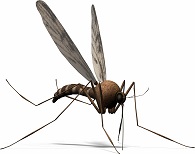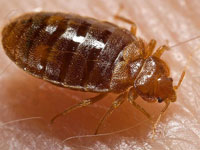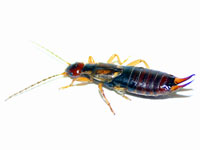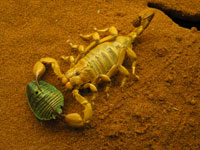Blog
BLACK CARPENTER ANTS IN LAS VEGAS

FIRST MOSQUITOES IN THE LAS VEGAS VALLEY TEST POSITIVE FOR WEST NILE VIRUS IN 2018

ROOF RAT aka BLACK RATS

MANY INSECTS ARE BENEFICIAL TO OUR LIVES

VACATIONS AND BED BUGS

BLACK WIDOW SPIDERS IN SOUTHERN NEVADA

MIDGES IN LAS VEGAS

A HOUSE MOUSE IS SCARY SIGHT IN YOUR HOUSE IN SOUTHERN NEVADA

EARWIGS IN THE LAS VEGAS VALLEY

AMERICAN COCKROACHES IN LAS VEGAS

SCORPIONS AND THE LAS VEGAS VALLEY

YELLOWJACKETS AND HORNETS IN LAS VEGAS








